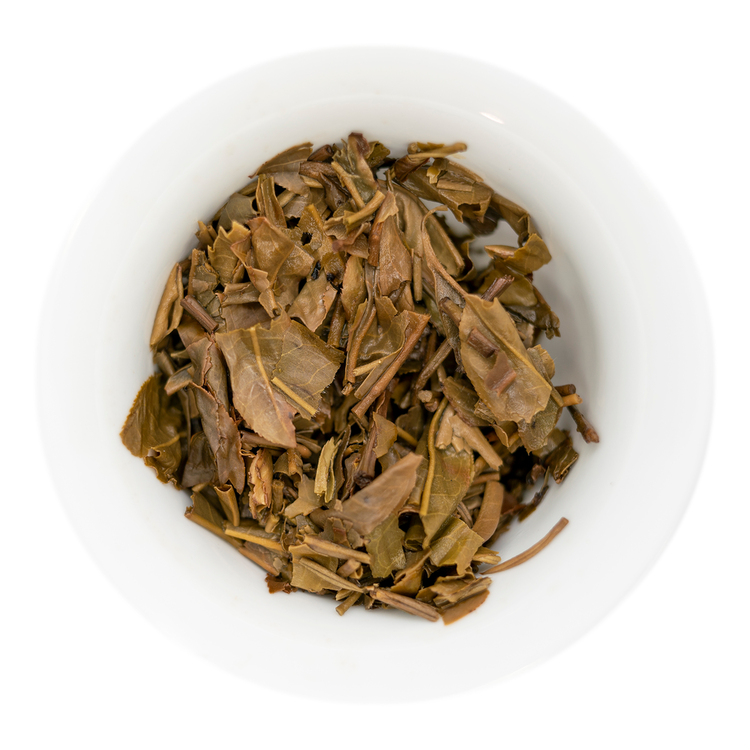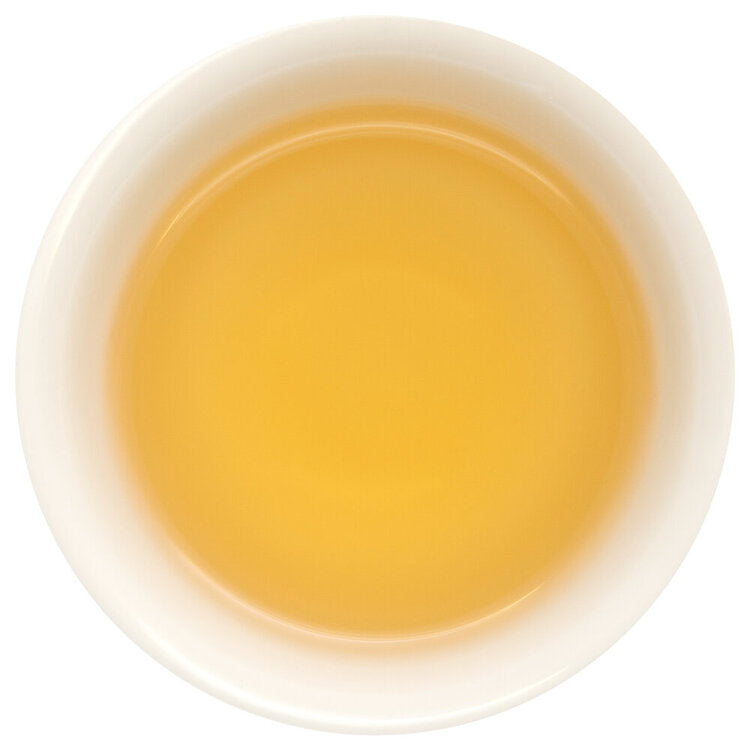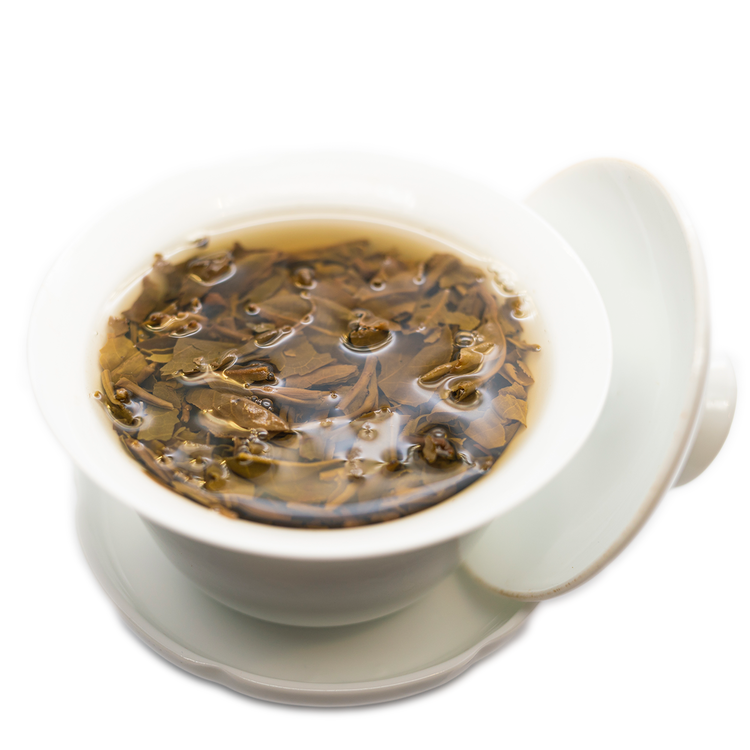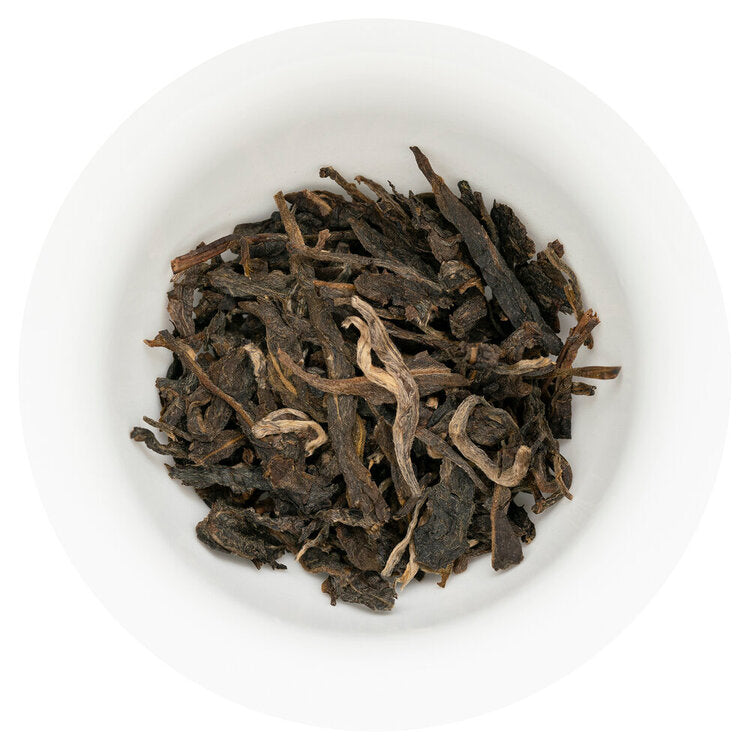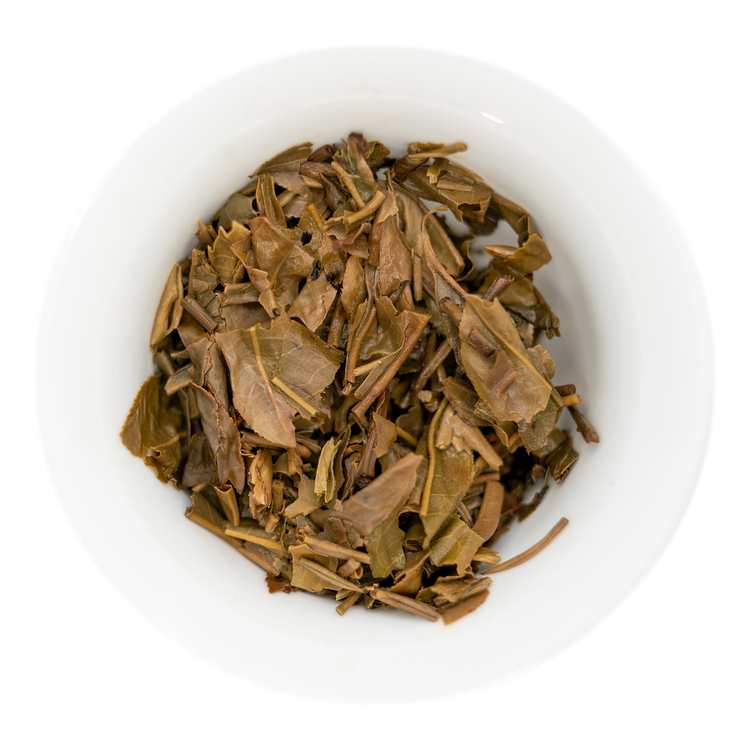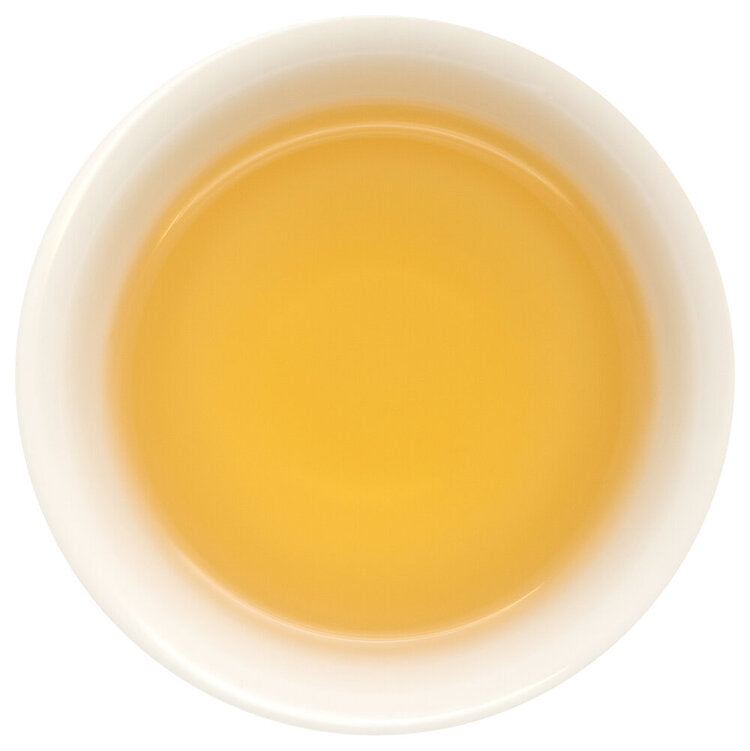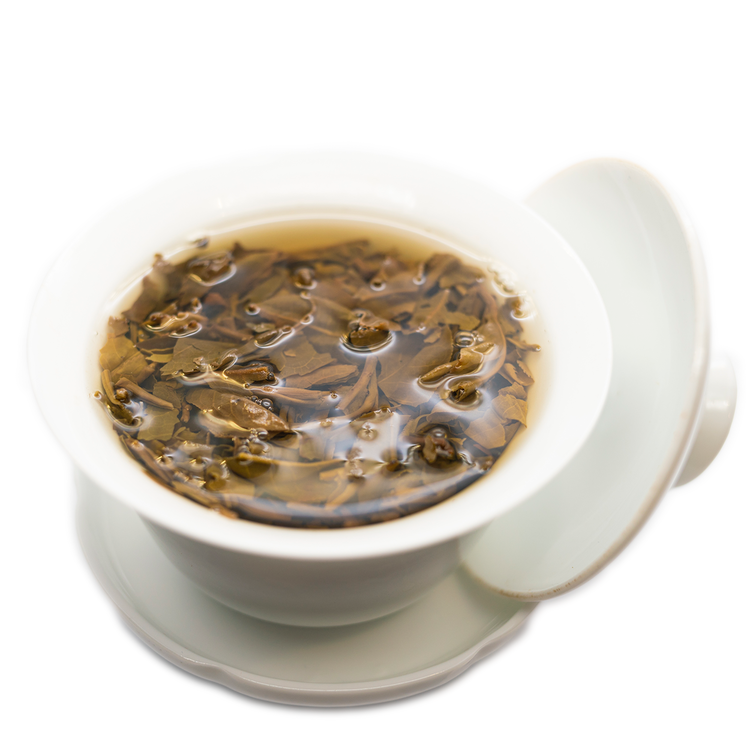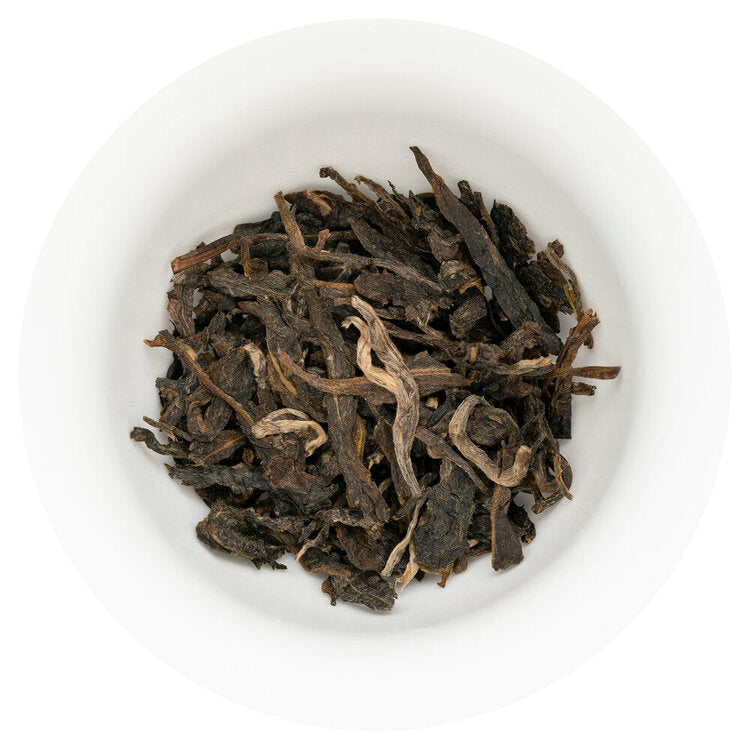Green Tea - Sheng Pu
Wu Liang Shan 無量山
Mellow sweet with notes of juicy raisin
Couldn't load pickup availability
Subscribe to save AND receive a complimentary Guided Tasting ($20 value).
Vintages:
Wu Liang Shan - Spring 2022: This batch comes from leaves meticulously hand-harvested from ancient tea trees deep in the woods. It has an incredibly round and soft texture, a rarity for Pu Er.
Wu Liang Shan - Spring 2021: Mellow, tannic, and vegetal
Wu Liang Shan - Spring 2017: Cooked bamboo leaves, vegetal and tannic
Wu Liang Shan - Spring 2015, Single Tree Blend: Juicy raisin, mellow tannins, and a good amount of umami. This batch is harvested from single-harvested tea trees and blended for complexity.
Spring 2015: Mellow and sweet with faint notes of dried fruits
Share
